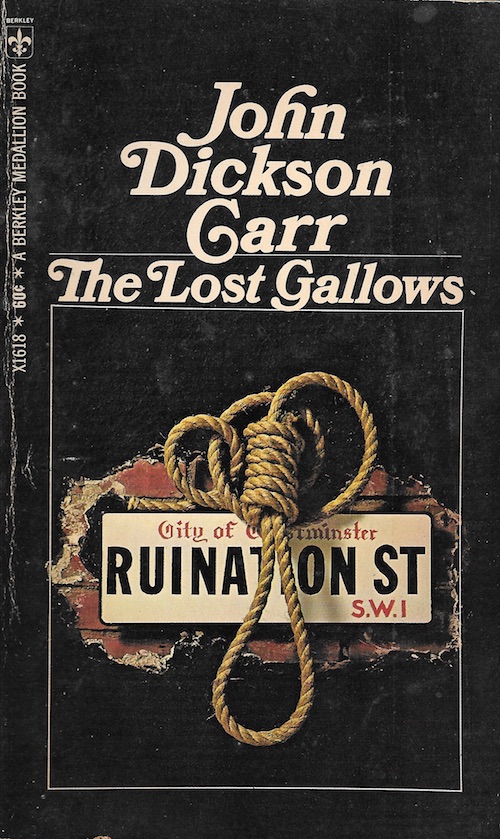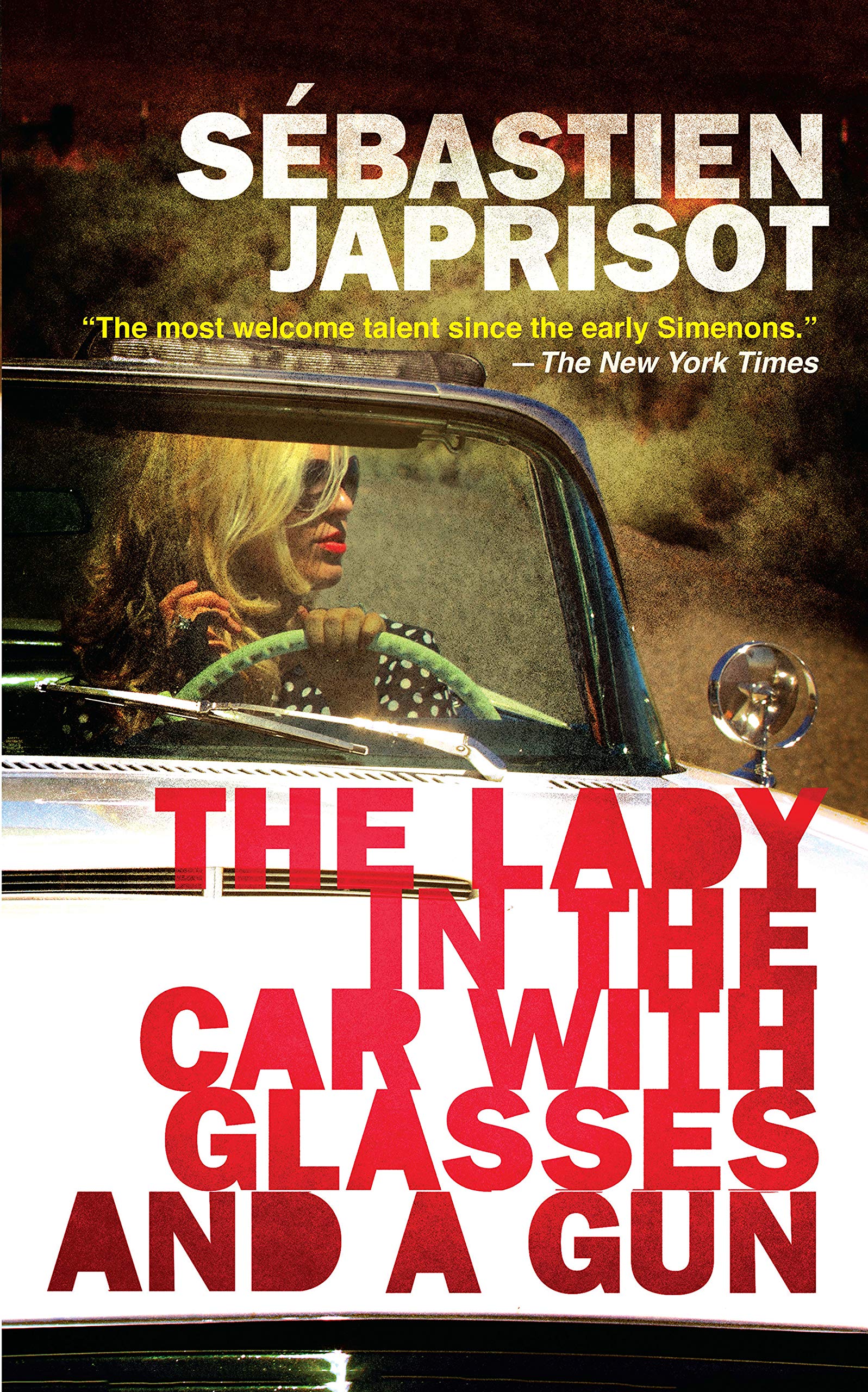Finally, I decided to try writing some more, this time directly onto the computer. I also decided to write short stories because they were short. And for me, a lot easier and more fun to write. I also thought it would be a good way to try out different types of stories, using male protagonists as well as female, occasionally even stepping away from mystery to write a speculative story, or even something “literary.”
The local newspaper had a short story contest—1,000 words. I wrote one, submitted it, and didn’t win first place, but was one of four other authors out of fifty submissions who won a dinner at a fancy local restaurant. To say I was surprised and pumped is a huge understatement.
Next I decided to look for a critique group. I ended up joining two. One had three short story published writers who had all attended a community college class together and then started the group. I ate up all their knowledge about point of view, adverbs, other good advice, and specific thoughts about my stories.
I ended up placing a few of my stories, all work-shopped by either or both of the groups, and started on another novel. That also went through one of the groups, and within eight years, I had many short stories and three novels written.
I tried getting an agent for each of the novels. No luck. Then my husband retired, and we hit the road in a motorhome to travel to the United States lower 48. In eleven years, we hit all but four.
And I hardly wrote at all.
But in 2004, I decided to submit one of my novels to a new, small publisher. Several people I knew had signed with the press and were raving about it. I was given a contract for three novels. They first published Sara’s Search on time and with a cover I loved.
 |
| Sara's Search |
We all, about fifty of us, became quite concerned. And unfortunately, as a group, we decided to pull our books and ask for the rights back to those already published. Of course, the publisher’s reputation was ruined, but he did the right thing and gave us the rights back, and even gave me the rights to the cover for Sara. All but one author left, sadder but wiser.
Some writers went with other small presses, and several had bad luck with them, as well. I wrote some more novels. I sent them to NY agents. Nothing happened. I was reluctant to try another small publisher. (Another one, WriteWay, had shown interest in another of my books before I placed Sara’s Search, but they went bankrupt before any contracts were signed, so I was leery—authors there, as far as I know, never got their rights back. If they ever did, it took years.) By this time, I had the one published novel and over fifty short stories as publication credits. Didn’t matter.
 |
| Revelations |
I still like it. Next, the authors I read about who were successful hired professional editors and proofreaders to go over their manuscripts. And finally, if they couldn’t do a good job themselves, they hired yet a third person to format the work for them.
Someday I may change the cover for Sara’s Search because it’s too dark to show up well in a thumbnail. I also want a new paperback version, so that would need to have a back cover
Now I have eleven novels published and over seventy short stories (only one of those self-published). Beginning is the hardest part. After that, persistence and patience will do the job.
And that’s how it all started. I’m open to questions, and if they’d need a long-enough answer, that could become another blog post. So, ask away.
My website: www.janchristensen.com and find me on Facebook: https://bit.ly/2QfNNIr




































